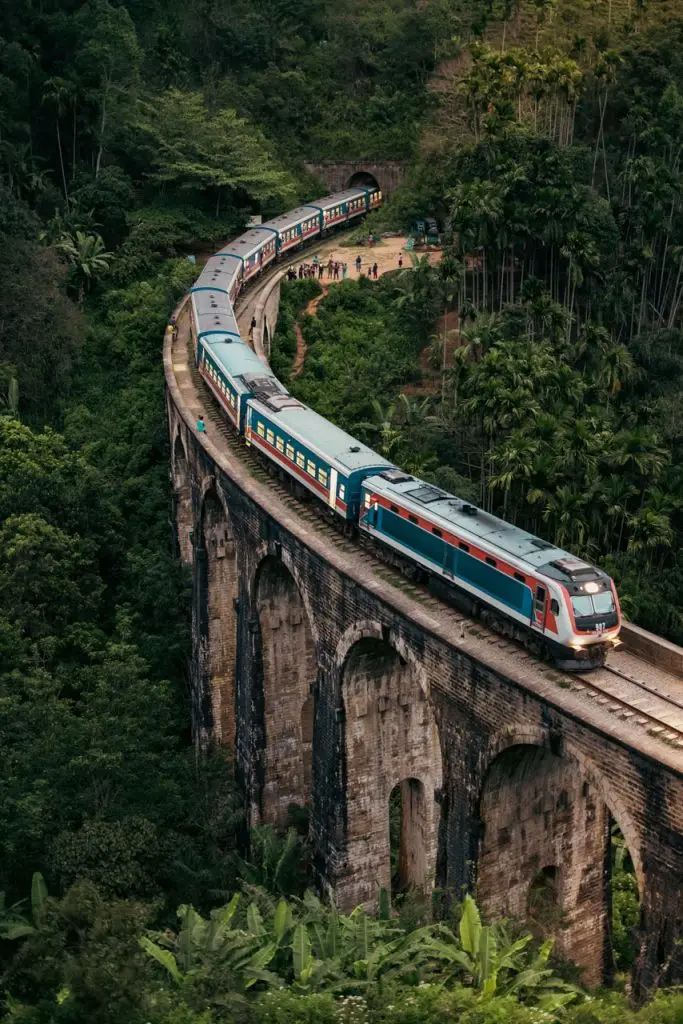Are you looking for the ultimate guide to Hambantota, or curious about the top experiences before your visit? Whether you’re eager to explore or just planning your trip, this guide is tailored just for you.
Hambantota, located on the southeastern coast of Sri Lanka, is a rapidly developing town known for its deep-water port, stunning landscapes, and diverse wildlife. With a mix of modern infrastructure and natural beauty, Hambantota offers an array of activities that cater to every type of traveller.
People often visit Hambantota for its proximity to national parks and beautiful beaches, but they quickly discover that the town has much more to offer. In this guide, you’ll find the best things to do in Hambantota to make your trip truly unforgettable.
At SL VOYO, we aim to create the best tours in Sri Lanka, offering you a fantastic travel experience. We hope this blog helps any traveller looking to explore Hambantota and have a memorable adventure, whether you travel with SL VOYO or on your own.
Welcome to Hambantota
Hambantota, once a sleepy fishing village, remains largely off the beaten path, making it a non-touristic destination where most visitors stay for transit or to rest before heading to nearby safari adventures. Despite its quieter reputation, Hambantota is home to Sri Lanka’s second international airport and one of the country’s largest ports, positioning it as a convenient gateway to exploring the southern coast. With its untouched natural beauty and strategic location, Hambantota offers a peaceful retreat for travelers on their way to the island’s renowned wildlife reserves.
Mirijjawila Botanical Garden
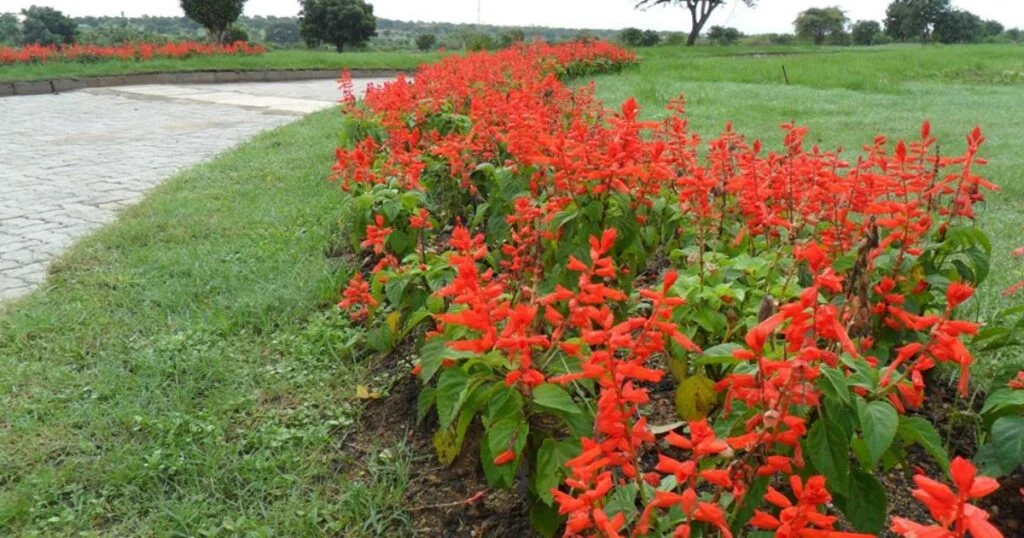
The Mirijjawila Botanical Garden is a beautiful oasis in Hambantota, showcasing the rich flora of Sri Lanka. Spread over 300 acres, the garden features a wide variety of plants, including medicinal herbs, tropical trees, and ornamental flowers. It’s an excellent place for a leisurely walk, a picnic, or simply to enjoy the serene surroundings.
The garden is also involved in conservation efforts, with a focus on preserving endangered plant species. Guided tours are available, offering visitors a deeper understanding of the garden’s biodiversity and its role in environmental protection.
Ramba Viharaya
Ramba Rajamaha Viharaya, located by the Walawe Ganga in Udarata, about 12.8 km from Ambalantota, is an ancient temple with deep historical roots. In the 11th century, it was part of the capital city, Maha Nagakula, and served as the Royal Temple.
King Vijayabahu I used Ramba Viharaya as a hideout in 1055 while he planned his fight against the Cholas, who had taken over Polonnaruwa. After 15 years of preparation and building alliances, he successfully defeated them. The area, covering 200 acres of dense jungle, has revealed many ancient artifacts and monuments, making it a site of great historical importance.
Hambantota Beach
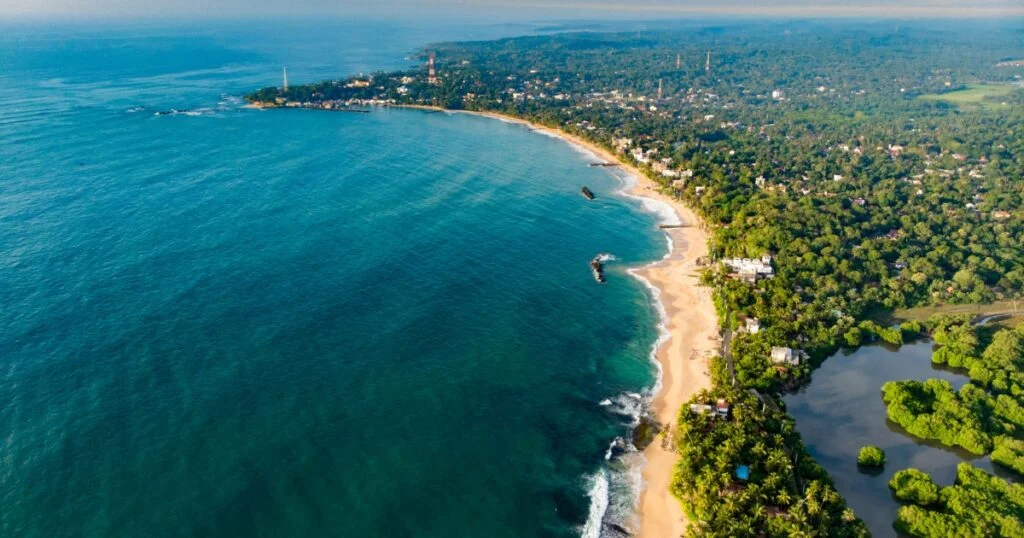
Hambantota Beach is a long stretch of golden sand that offers stunning views of the Indian Ocean. The beach is less crowded than other popular beaches in Sri Lanka, making it an ideal spot for a peaceful day by the sea. The calm waters are perfect for swimming, and the sunsets are absolutely breathtaking.
Fishermen often bring in their daily catch on this beach, and you can witness the traditional fishing methods that have been used for generations. It’s also a great spot for a relaxing walk or a quiet moment of reflection by the water.
Martello Tower
Martello Tower in Hambantota is a small, round fortress built by the British in the early 19th century. Originally designed to protect the coast from potential invasions, it is one of the few structures of its kind in Sri Lanka.
The tower’s unique design, with thick walls and a rooftop cannon, made it an effective defense point during colonial times. Today, it stands as a reminder of the British colonial era and offers a glimpse into the military history of the region.
Mudunagala Hot Spring
Mudunagala Hot Spring, located near Hambantota, is a natural hot water spring known for its soothing and therapeutic properties. The warm waters, rich in minerals, are believed to have healing effects, attracting visitors looking for relaxation and relief from various ailments.
Surrounded by lush greenery, the hot spring offers a peaceful and calming environment, making it a perfect spot to unwind and connect with nature. It’s a hidden gem in the region, providing a unique experience for those exploring the area.
Bundala National Park
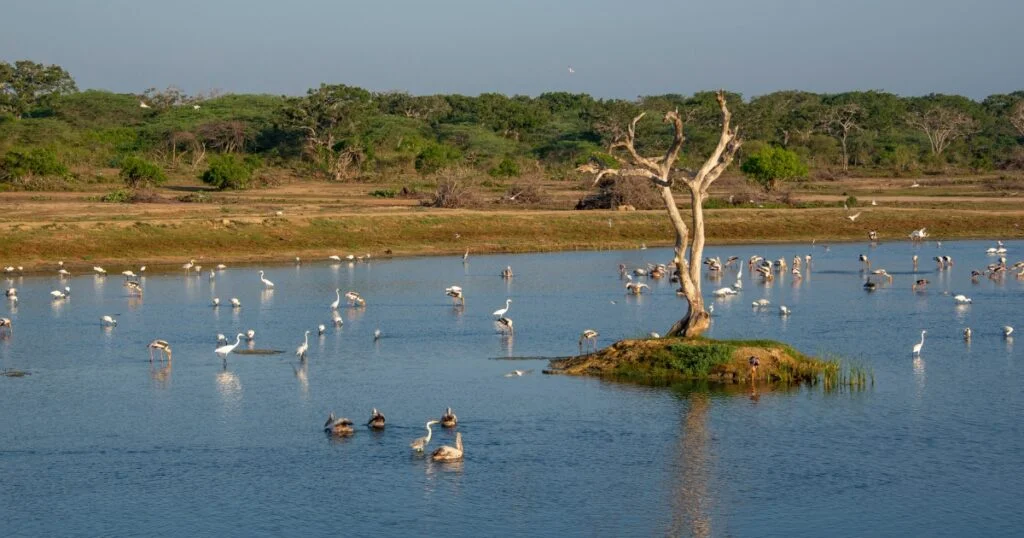
Bundala National Park, a UNESCO Biosphere Reserve, is located near Hambantota and is renowned for its rich biodiversity. The park is a haven for bird watchers, with over 200 species of birds, including migratory birds that travel from as far as Siberia.
The park’s wetlands, lagoons, and sand dunes create a unique environment that supports a wide range of wildlife, including elephants, crocodiles, and leopards. A visit to Bundala offers a peaceful and immersive nature experience, with fewer crowds than other national parks in Sri Lanka.
Birds Research Center & Resort
The Birds Research Center & Resort in Hambantota is a unique facility dedicated to the study and conservation of birds. It’s an excellent place for bird enthusiasts and researchers, offering a chance to observe a wide variety of bird species in their natural habitat.
The resort also provides accommodation, making it a perfect base for bird watchers who want to explore the surrounding area. The peaceful surroundings and the wealth of birdlife make it a must-visit for nature lovers.
Ussangoda National Park
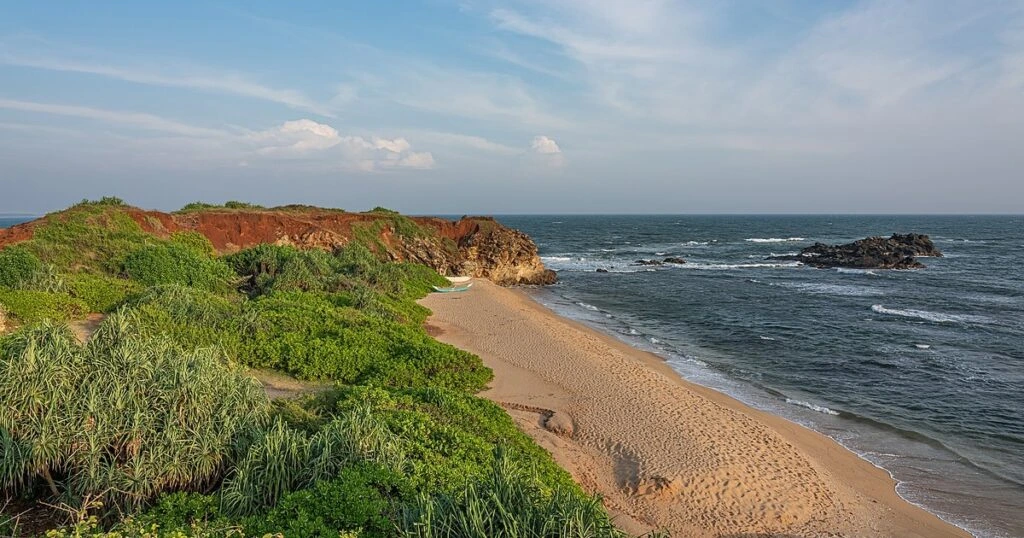
Ussangoda National Park is one of the smallest national parks in Sri Lanka, but it’s known for its striking landscapes. The park is located on a cliff overlooking the sea, with red soil and sparse vegetation creating a unique and otherworldly environment.
According to local legend, Ussangoda was the landing site of the Hindu god Ravana’s chariot. The park is also a nesting ground for sea turtles, and its unique ecosystem makes it a fascinating place to explore.
Ridiyagama Safari Park
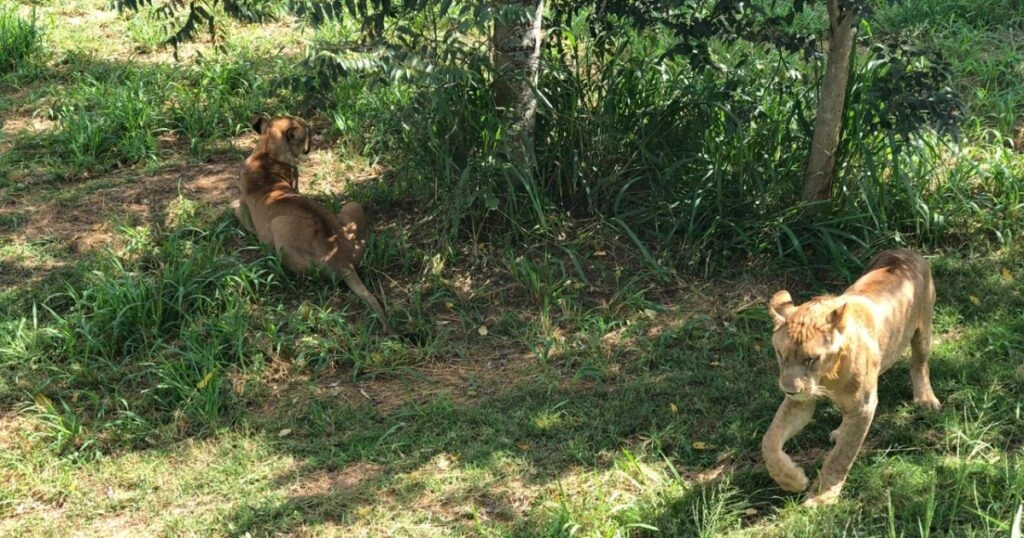
Ridiyagama Safari Park is the first safari park in Sri Lanka, offering an African-style wildlife experience. The park is home to a variety of animals, including lions, tigers, elephants, and zebras, which roam freely in large enclosures.
Visitors can take guided jeep tours through the park, providing an up-close look at these majestic animals in a setting that mimics their natural habitat. The park is a great destination for families and wildlife enthusiasts, offering an exciting and educational experience.
Tangalle Beach
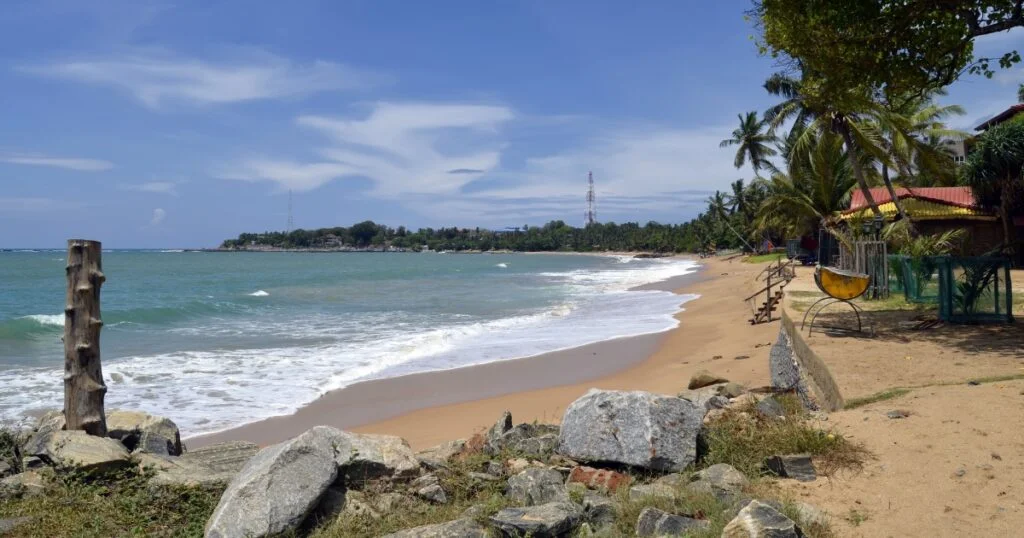
A short drive from Hambantota, Tangalle Beach is one of the most beautiful beaches on Sri Lanka’s southern coast. With its crystal-clear waters, soft white sand, and palm-fringed shores, Tangalle Beach is a perfect spot for relaxation and water activities.
The beach is also known for its vibrant coral reefs, making it an excellent destination for snorkeling and diving. The calm and serene environment of Tangalle Beach offers a peaceful escape from the hustle and bustle of daily life.
Kalametiya Bird Sanctuary
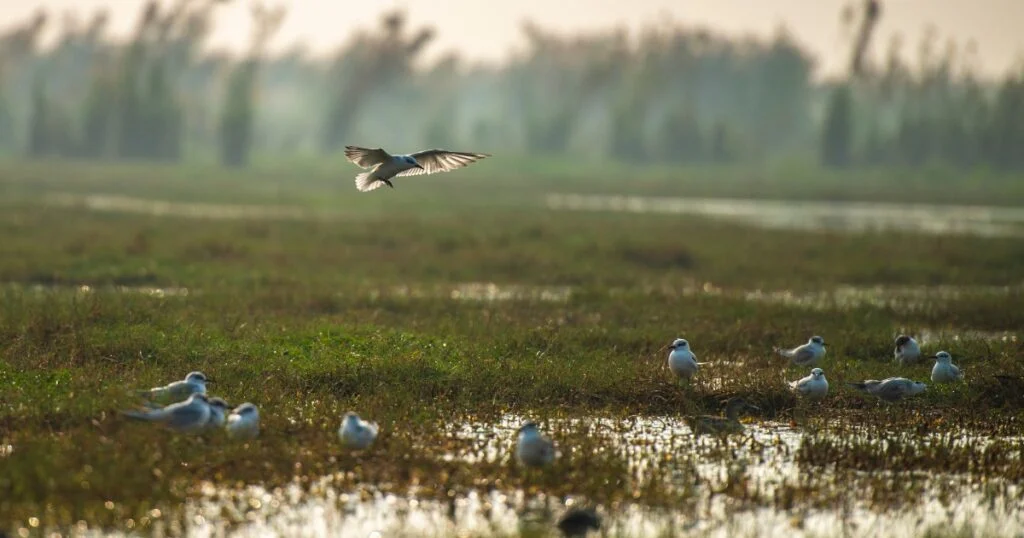
The Kalametiya Bird Sanctuary is one of the oldest bird sanctuaries in Sri Lanka, located near Hambantota. The sanctuary is a haven for bird watchers, with a variety of resident and migratory birds. The wetlands, lagoons, and mangroves of Kalametiya create a diverse ecosystem that supports a wide range of wildlife.
A visit to Kalametiya is a peaceful experience, ideal for those looking to connect with nature. Boat rides through the lagoons offer a unique perspective of the sanctuary and its avian inhabitants.
Photography in Hambantota
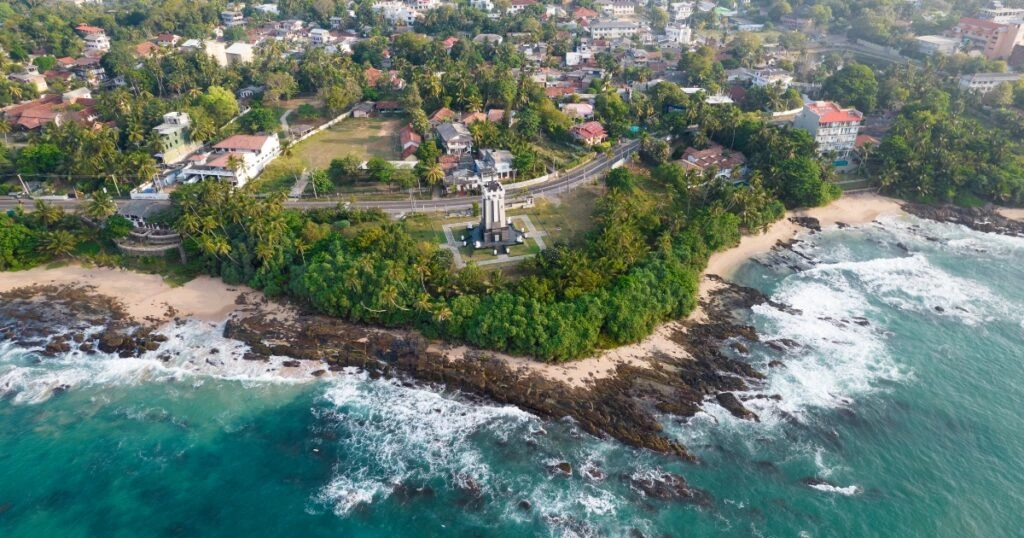
Hambantota offers endless opportunities for photography, from its serene beaches to its diverse wildlife and modern infrastructure. Whether you’re an amateur or a professional, you’ll find plenty of inspiration in this rapidly developing town.
The best times for photography are early morning and late afternoon when the light is soft and the landscapes are bathed in a warm glow. The beaches, national parks, and unique landmarks like the Hambantota Port and Hummanaya Blowhole provide stunning backdrops for your shots.
For wildlife photography, a visit to Bundala National Park or the Ridiyagama Safari Park is a must. The parks’ diverse ecosystems and abundant wildlife make for exciting and challenging photography opportunities.
Bird Watching
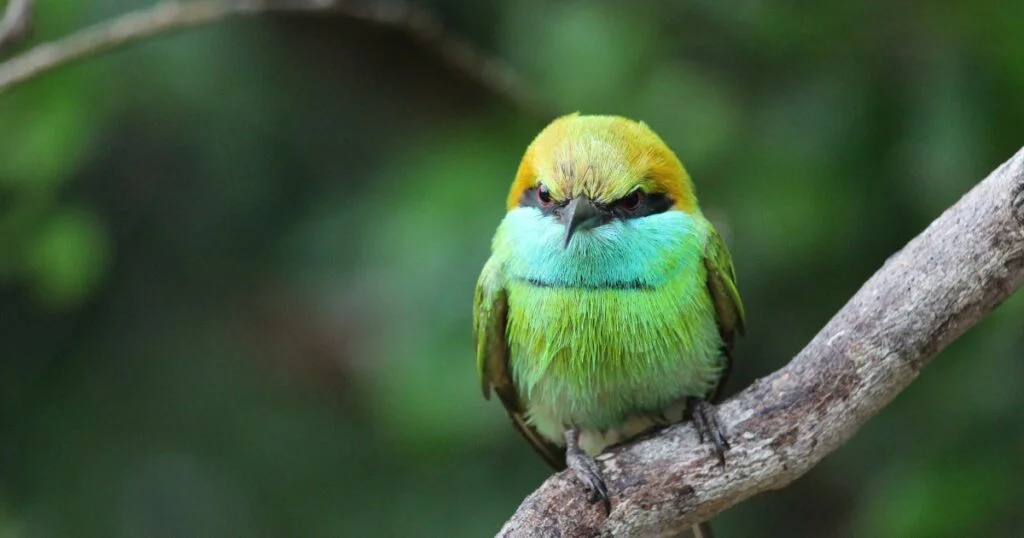
Hambantota is a paradise for bird watchers, with its wetlands, sanctuaries, and proximity to national parks that are home to a rich diversity of bird species. The town’s peaceful environment and abundant natural habitats make it an ideal location for observing both resident and migratory birds.
The Kalametiya Bird Sanctuary and Bundala National Park are excellent spots for bird watching, especially in the early morning when the birds are most active. You can expect to see a variety of waterbirds, including herons, egrets, and kingfishers, as well as raptors and songbirds.
A visit to the Birds Research Center & Resort is highly recommended for serious bird watchers. The center offers a unique opportunity to observe and study a wide range of bird species in their natural habitat.
One Day Tours from Hambantota
Hambantota is an excellent base for exploring the surrounding region, with several exciting day trips available. Whether you’re interested in wildlife, culture, or adventure, there’s something for everyone.
Popular day trips include visits to the Yala National Park, known for its leopard population, and Udawalawe National Park, famous for its elephants. The Mulkirigala Rock Temple, with its ancient Buddhist frescoes and stunning views, is another must-visit.
For a more relaxed day, consider a trip to Tangalle Beach or the Mirijjawila Botanical Garden. Both locations offer a peaceful escape and are perfect for unwinding after a day of exploring.
FAQ
What is Hambantota known for?
Hambantota is known for its rapidly growing infrastructure, including Sri Lanka’s second international airport and one of the country’s largest ports, as well as nearby natural attractions like Yala National Park.
Is Hambantota a tourist destination?
Hambantota is primarily a transit hub rather than a major tourist destination, often used as a stopover for travelers heading to nearby safaris or exploring southern Sri Lanka.
What can I do in Hambantota?
In Hambantota, you can visit attractions like the Ramba Viharaya, Martello Tower, and Mudunagala Hot Spring, or use it as a base to explore nearby Yala and Bundala National Parks.
What should I pack for my trip to Hambantota?
Pack light, breathable clothing, sunscreen, a hat, and comfortable walking shoes. If you’re planning to visit national parks, bring binoculars and a camera for wildlife viewing.
How do I get to Hambantota?
To get to Hambantota from Colombo, you can drive via the Southern Expressway (E01) and then continue on the A2 highway. The journey takes about 3.5 to 4 hours by car.
What are the best places to stay in Hambantota?
Hambantota offers a range of accommodations from budget guesthouses to luxury resorts, ideal for travelers looking for a rest stop on their way to nearby safari parks.
Is Hambantota good for wildlife safaris?
Yes, Hambantota is close to popular wildlife safari destinations like Yala National Park, making it a convenient base for safari enthusiasts.
What is the climate like in Hambantota?
Hambantota has a tropical climate, with warm temperatures year-round, making it suitable for outdoor activities and exploration.
What is the history of Hambantota?
Hambantota has a rich history, including ancient sites like the Ramba Viharaya, and played a significant role during the colonial period, evident from landmarks like the Martello Tower.
What are the must-see attractions in Hambantota?
Must-see attractions in Hambantota include the Martello Tower, Ramba Viharaya, and the natural beauty of Mudunagala Hot Spring.

